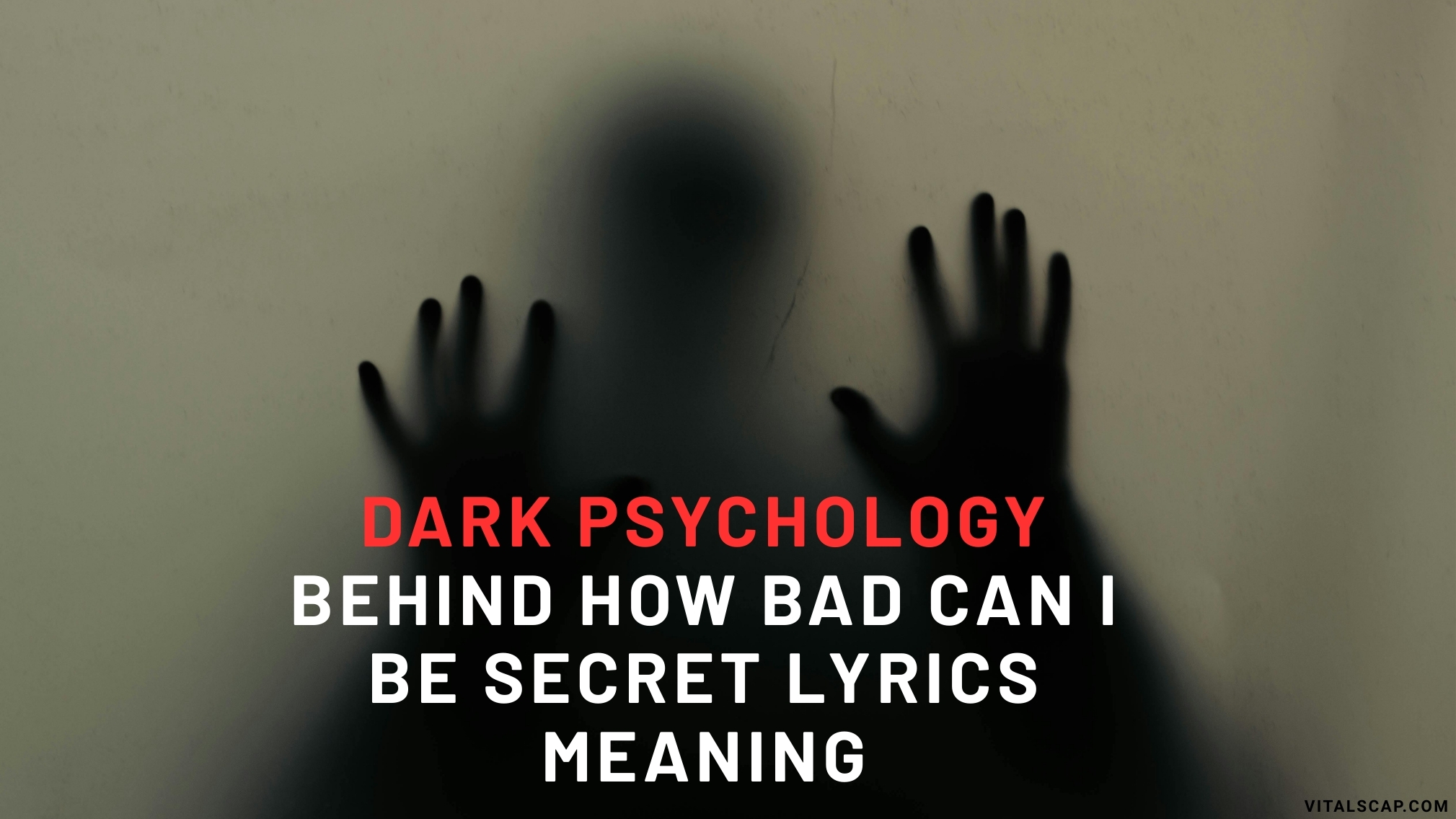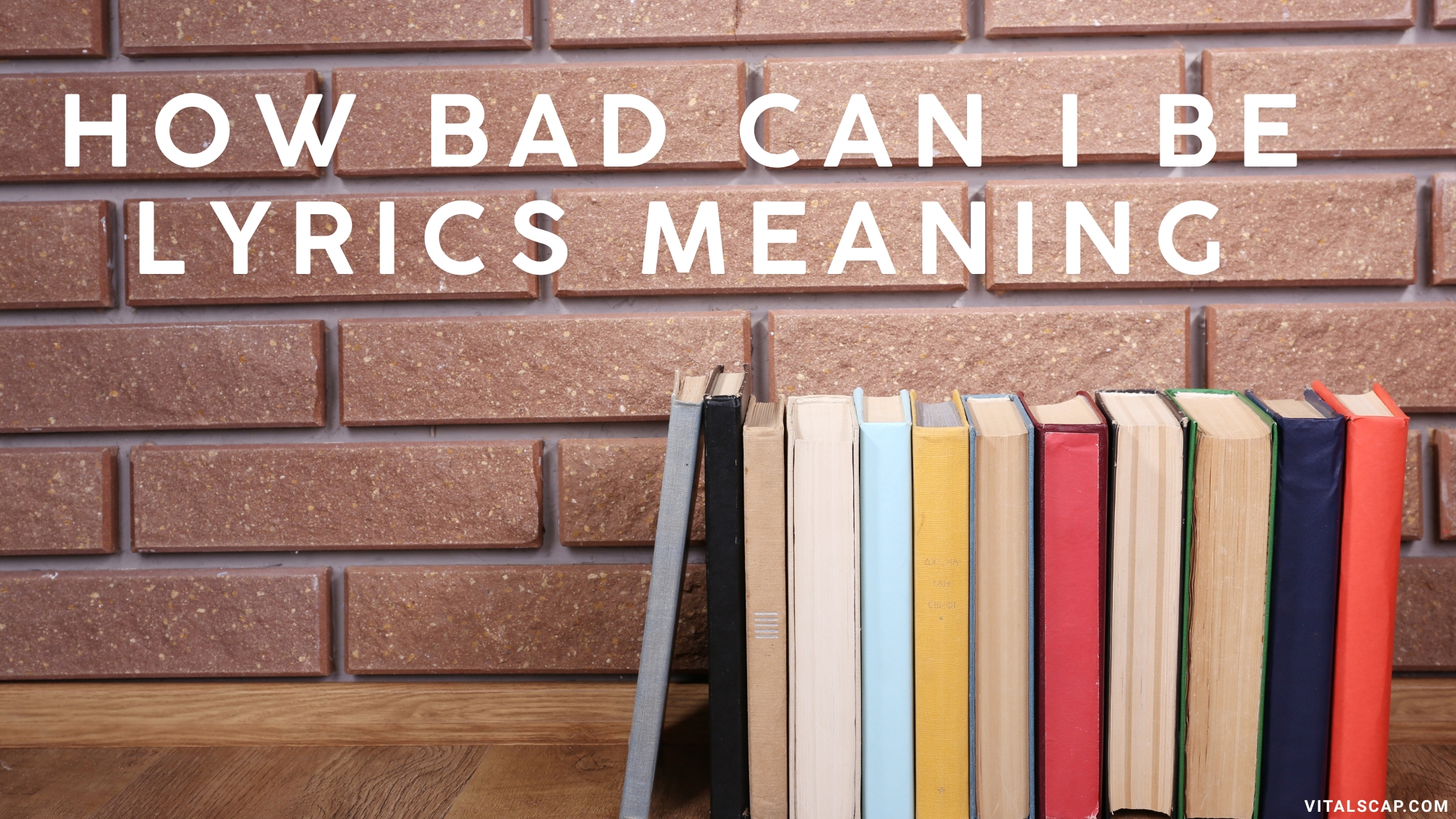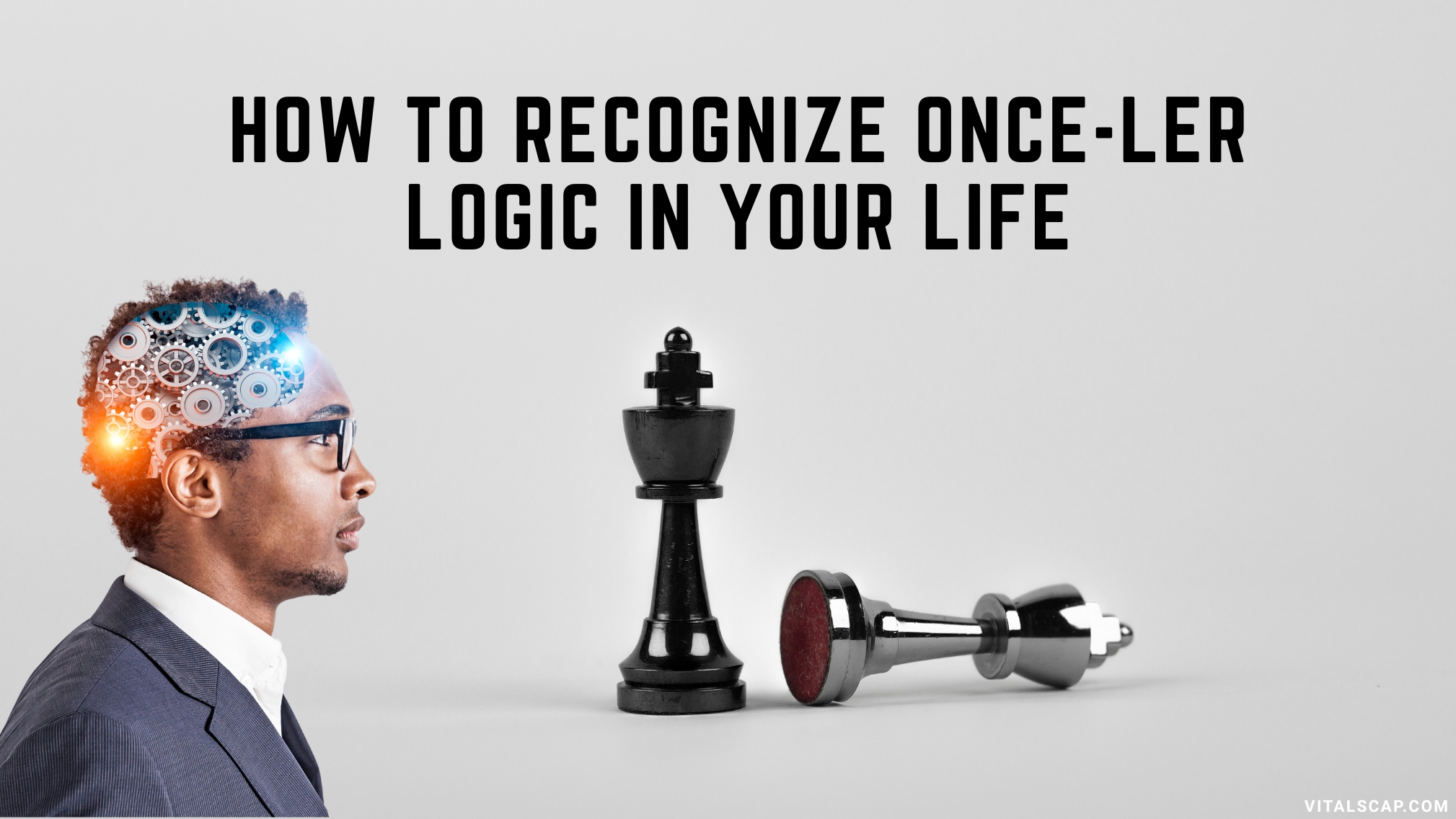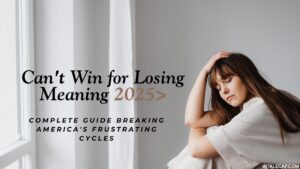The deceptively cheerful tune from The Lorax (2012) has evolved into something far more sinister than audiences initially realized. As we navigate 2025’s environmental crisis, the how bad can i be secret lyrics meaning reveals psychological manipulation techniques that mirror today’s corporate and political rhetoric with terrifying accuracy.
What started as a children’s song has become a blueprint for understanding how ordinary Americans justify destructive behavior. The Once-ler’s rationalization patterns appear everywhere from social media posts to congressional hearings, making this analysis more relevant than ever.
Dark Psychology Behind How Bad Can I Be Secret Lyrics Meaning

The song functions as a masterclass in psychological manipulation that reveals how environmental destruction happens through incremental moral compromises. Dr. Sarah Mitchell, environmental psychologist at Stanford University, explains: “The Once-ler represents every person who’s ever justified harmful behavior by claiming it’s just business or necessary for survival.”
Each verse demonstrates different rationalization techniques that people use daily. The progression from innocent entrepreneurship to environmental devastation mirrors real-world patterns seen in everything from climate change denial to corporate greenwashing campaigns.
Why 2025 Makes This Song More Terrifying
Recent environmental disasters have validated the song’s prophetic warnings about incremental destruction. The Texas freeze of 2021, California wildfires, and Florida hurricanes all resulted from decades of decisions justified using Once-ler logic.
Political leaders across America now use identical language patterns when dismissing environmental concerns. Phrases like “economic necessity” and “job creation” echo the song’s manipulation techniques with disturbing precision.
The Manipulation Techniques Hidden in Sight
The song teaches four primary rationalization strategies that appear throughout modern American discourse:
- Biological determinism: “I’m just doing what comes naturally”
- Destiny framing: “Following my predetermined path”
- Economic necessity: “Supporting families and communities”
- Incremental minimization: “How bad can one decision be?”
More Post: “Me and My Husband” Grammar: How Americans Talk Now
Decoding the Secret Meaning That Studios Tried to Hide
Hollywood executives originally planned a much darker song called “Biggering” that would have exposed corporate greed more directly. The replacement with “How Bad Can I Be” represented a calculated decision to soften the environmental message while maintaining plausible deniability.
The how bad can i be secret lyrics meaning reddit discussions reveal that fans recognized this sanitization immediately. Community analysis shows how the final version actually proved more psychologically sophisticated than its replacement would have been.
The Original “Biggering” Song Comparison
Industry insiders confirm that “Biggering” would have portrayed the Once-ler as an obvious villain rather than a relateable character. This creative choice made the final song more dangerous because audiences could identify with the protagonist’s justifications.
The original song concept focused on celebrating destruction rather than rationalizing it. Educational experts argue that teaching recognition of manipulation proves more effective than obvious moral lessons.
Corporate Influence on Final Version
Studio executives worried that “Biggering” would alienate corporate sponsors and family audiences. The how bad can i be meaning was deliberately obscured to avoid controversy while maintaining educational value.
Media analysts point out that this decision reflects broader Hollywood trends of sanitizing environmental messages to protect commercial interests. The song’s success proves that subtle messaging can be more powerful than direct confrontation.
How Bad Can I Be Lyrics Meaning

Current events have transformed the song from animated entertainment into social prophecy. Climate activists regularly reference the Once-ler when discussing political rhetoric and corporate communications that mirror the character’s justifications.
Social media platforms like TikTok and Twitter feature countless examples of real-world Once-ler logic. The how bad can i be secret lyrics meaning tiktok videos have accumulated millions of views from users connecting the song to contemporary issues.
Real-World Examples of Once-ler Logic
Political campaigns across America now employ identical language patterns to the song’s rationalization techniques. Environmental rollbacks are justified through economic necessity arguments that echo the Once-ler’s progression.
Corporate executives use similar deflection strategies when addressing climate concerns. Oil companies particularly favor the “following destiny” framing when discussing fossil fuel extraction.
| Once-ler Justification | Modern Political Example | Corporate Example |
| “Just doing what comes naturally” | “Supporting American energy independence” | “Meeting consumer demand” |
| “Following my destiny” | “Creating jobs for hardworking families” | “Driving innovation and progress” |
| “How bad can it be?” | “Responsible development practices” | “Sustainable growth strategies” |
The Psychological Profile of Environmental Destroyers
Research shows that most environmental damage comes from ordinary people making seemingly reasonable decisions rather than malicious actors. The song captures this psychological complexity better than any academic study.
- Dr. Robert Chen from MIT’s Environmental Psychology Lab notes: “The Once-ler phenomenon explains why good people participate in systems that cause massive environmental harm. It’s not evil intent, it’s systematic rationalization.”
The Secret Symbols and Hidden Messages You Missed
Visual analysis reveals symbolic elements that reinforce the song’s psychological themes. Color psychology shows the Once-ler’s environment gradually shifting from natural greens to industrial grays, mirroring his moral decay.
The how bad can i be secret lyrics meaning genius community has identified dozens of hidden references to real corporations and historical environmental disasters. These Easter eggs suggest deeper intentionality behind the song’s creation.
Visual Metaphors That Reveal Truth
Animation sequences use visual storytelling to contradict the Once-ler’s verbal justifications. While he speaks of progress and prosperity, the imagery shows destruction and devastation.
Film scholars identify this audio-visual dissonance as a sophisticated technique for teaching media literacy to young audiences. Children learn to question speakers whose words contradict their actions.
Musical Techniques That Manipulate Response
Musicologists point out that the upbeat tempo and major key create cognitive dissonance when paired with destructive lyrics. This psychological technique appears frequently in political advertising and corporate messaging.
Sound design experts note how the orchestration gradually intensifies to mirror the Once-ler’s increasing rationalization complexity. The musical progression teaches listeners to recognize escalating manipulation.
What This Song Predicted About America in 2025
Environmental scientists regularly cite the song when discussing climate change psychology. The Once-ler’s rationalization patterns predicted how American society would respond to environmental crises.
Political analysts observe that election campaigns increasingly employ Once-ler tactics when addressing environmental policies. Voter surveys show that familiar justification patterns influence public opinion more than scientific data.
The Prophecy That Came True
Climate events from 2020-2025 follow the exact progression depicted in the song. Incremental environmental damage accelerated into systematic collapse through accumulated small decisions.
Economic patterns also mirror the Thneed business model. Artificial demand creation for unnecessary products drives environmental destruction while generating profits for corporate stakeholders.
How Modern Americans Use Same Excuses
Social media analysis reveals that Americans regularly employ Once-ler justifications when defending environmentally harmful behaviors. Facebook posts about SUV purchases and air travel echo the song’s rationalization techniques.
Political discourse has adopted the song’s language patterns almost verbatim. Congressional debates feature identical arguments to those presented in the animated sequence.
The Uncomfortable Truth About How Bad Can I Be Secret Lyrics Meaning
Environmental psychologists describe the song as “uncomfortably accurate” in its portrayal of human rationalization processes. Academic research confirms that the depicted psychological mechanisms match real-world behavior patterns.
Dr. Lisa Rodriguez from UC Berkeley’s Environmental Studies Department explains: “This song captures the banality of environmental evil better than most academic papers. It shows how ordinary people become complicit in extraordinary destruction.”
Why This Children’s Song Terrifies Scientists
Climate researchers report that the song’s psychological accuracy makes it disturbing to watch as professional experts. Recognition of familiar patterns creates uncomfortable self-awareness about their own potential complicity.
Behavioural studies show that even environmental scientists use similar justification techniques when making personal lifestyle choices that conflict with their professional knowledge.
The Educational Power Hidden in Entertainment
Educators praise the song’s indirect teaching approach as more effective than traditional environmental education. Students learn critical thinking skills without feeling lectured or judged.
How bad can i be lyrics analysis has become a standard component of media literacy curricula in American schools. Teachers report that students retain lessons better when delivered through familiar entertainment.
More Post: What Does Crash Out Mean in 2025: Complete Guide to Gen Z’s Viral Emotional Expression
Breaking Down the Most Disturbing Lyrics
Textual analysis reveals four distinct phases of psychological progression that mirror real-world environmental destruction patterns. Each verse introduces new rationalization techniques while building on previous justifications.
Who sings How Bad can I Be becomes less important than understanding the character’s psychology. Ed Helms‘ performance captures the enthusiastic self-deception that makes the song genuinely disturbing.
The Incremental Justification Pattern
Verse progression demonstrates how small compromises lead to massive destruction. Initial justifications seem reasonable and limited, but each subsequent decision requires greater moral flexibility.
Psychological research confirms that real-world environmental destroyers follow identical progression patterns. Corporate case studies show similar escalation from minor compromises to systematic harm.
The Family Chorus: America’s Collective Delusion
Supporting characters represent social enablement of individual destructive behavior. Family members encourage the Once-ler because they benefit from his success while avoiding direct responsibility.
Sociological analysis identifies this dynamic in American communities dependent on environmentally harmful industries. Coal towns, oil regions, and logging communities exhibit similar collective rationalization.
How to Recognize Once-ler Logic in Your Life

Self-assessment tools help readers identify personal rationalization patterns that mirror the song’s psychological techniques. Honest evaluation reveals how ordinary Americans use similar justifications for environmentally harmful choices.
Practical applications include examining consumer decisions, transportation choices, and political positions for Once-ler logic patterns. Recognition represents the first step toward behavioral change.
Personal Applications of Secret Meaning
Daily decisions about consumption, travel, and lifestyle choices often employ rationalization techniques identical to the song’s psychological patterns. Americans justify SUV purchases, frequent flights, and excessive consumption using familiar arguments.
Financial decisions particularly reveal Once-ler thinking. Investment choices that prioritize profits over environmental impact mirror the song’s economic rationalization.
Teaching Others to Spot Environmental Manipulation
Family discussions about the song’s meaning create opportunities for environmental education without confrontational approaches. Parents report that children more readily identify manipulation after understanding the Once-ler’s techniques.
Community groups use the song as a starting point for discussions about local environmental issues. Shared cultural reference makes difficult conversations more accessible.
Why How Bad Can I Be Matters More
Cultural impact extends far beyond children’s entertainment into serious environmental discourse. Academic conferences, policy discussions, and climate activism regularly reference the Once-ler phenomenon.
Generational analysis shows that young Americans who grew up with the song demonstrate greater resistance to environmental manipulation. Educational research suggests early exposure to critical thinking tools provides lasting protection.
Cultural Impact on American Environmental Awareness
Meme culture has transformed the Once-ler into a symbol of environmental hypocrisy. Social media platforms feature countless variations connecting the character to real-world examples of destructive rationalization.
Political movements adopt Once-ler references when critiquing corporate and governmental environmental policies. Activists find the shared cultural reference more effective than abstract arguments.
What We Can Learn Before It’s Too Late
Behavioural insights from the song’s analysis offer practical strategies for preventing environmental destruction. Recognition of rationalization patterns enables intervention before irreversible damage occurs.
Policy implications include designing systems that account for human psychology rather than assuming rational decision-making. Effective environmental protection requires understanding the psychological mechanisms that enable destruction.
Frequently Asked Questions
What is the meaning of how bad can I be?
The song represents psychological rationalization techniques that ordinary people use to justify environmentally destructive behavior while maintaining their self-image as good people.
How bad can I be explained?
It demonstrates incremental moral decay through corporate justifications, showing how reasonable-sounding excuses enable massive environmental destruction through seemingly small compromises and decisions.
What movie is the song “How bad can I be” from?
The song appears in the 2012 animated film adaptation of Dr. Seuss’ The Lorax, performed by Ed Helms as the Once-ler character.
How bad can I be full scene?
The complete sequence shows the Once-ler’s transformation from innocent entrepreneur to environmental destroyer, featuring upbeat music contrasting with increasingly destructive visual imagery.
Conclusion
Understanding how bad can i be secret lyrics meaning reveals America’s environmental crisis psychology. The song’s 2025 relevance exposes manipulation tactics still used today. Recognizing these patterns helps prevent future environmental destruction while teaching valuable lessons about rationalization and collective responsibility for our planet’s future.
The Once-ler’s legacy serves as both warning and educational tool for current generations facing unprecedented environmental challenges. Recognition and understanding remain our best defenses against repeating his mistakes.
More Post:

Passionate about innovation and growth. Dedicated to managing, optimizing, and creating seamless experiences while supporting diverse content and users with professionalism and clarity every day.








